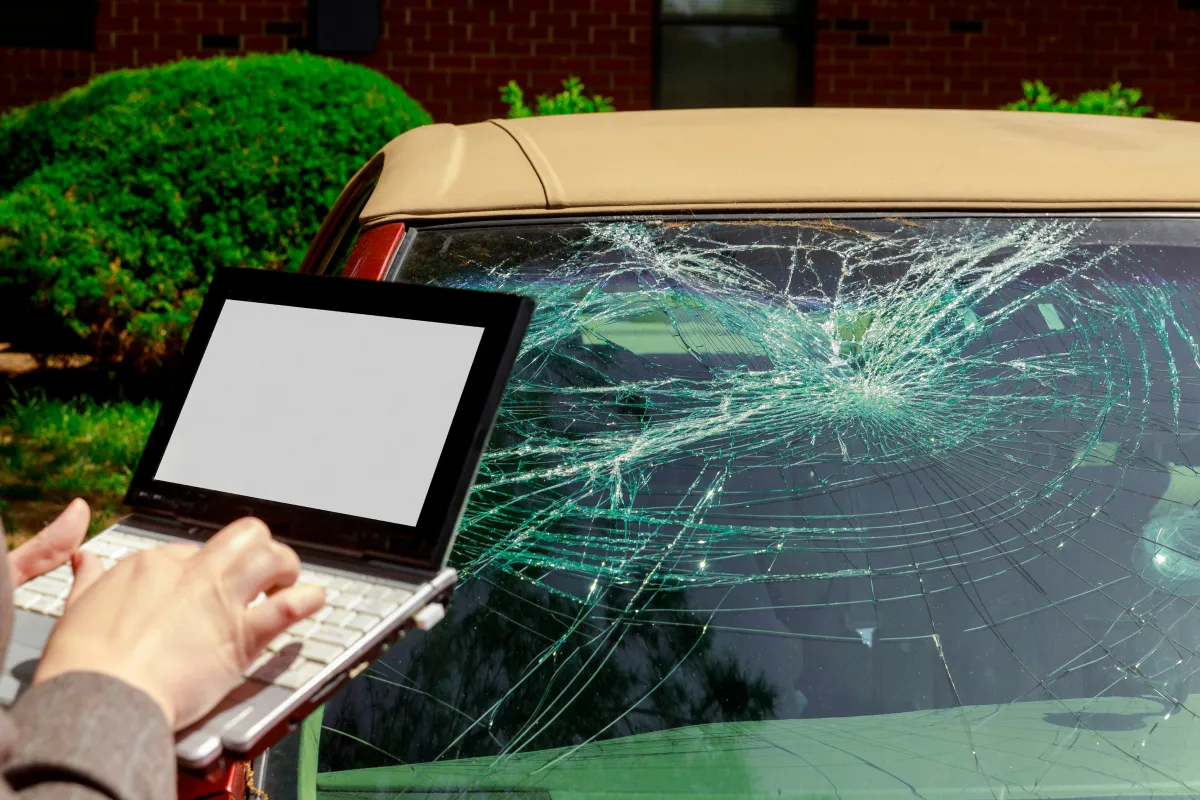Advanced Driver Assistance Systems (ADAS) have changed the way people drive. Packed with sensors and forward-facing cameras, these tech features help keep roads safer. Lane departure alerts. Automatic emergency braking. Adaptive cruise control. All these smart functions need crystal-clear vision. They depend on the pinpoint accuracy of sensors mounted on or near your windshield. When the glass gets replaced or even repaired, these crucial “eyes and ears” lose their perfect alignment, risking the reliability of every safety feature. If you rely on your car’s built-in helpers, ADAS windshield calibration deserves your attention—it’s not optional if you want modern safety to actually work.
The Importance of ADAS Windshield Calibration
ADAS acts like your co-pilot, always watching the road. Whether it’s nudging you back into your lane or hitting the brakes before a close call, these systems rely on precise measurements. Cameras and radar sensors are often tucked behind the glass or directly attached to the inside of the windshield. Even a minor nudge during windshield replacement can throw off their aim.
So what happens if ADAS sensors don’t get recalibrated? Simply put, your car’s safety features might fail or react unpredictably. For example:
- Lane assist could give false alerts or miss lane markers.
- Forward-collision warnings might not trigger when needed.
- Adaptive cruise control could misjudge the distance between cars.
- Emergency braking systems could hesitate or misfire.
An uncalibrated sensor turns that modern safety net into a risky guessing game. Studies and real-world incidents show that improper calibration can raise the risk of accidents, injuries, and increased repair costs.
Many manufacturers now require a recalibration after any windshield work. Skip this step, and you might lose insurance coverage on claims related to system failures.
The ADAS Windshield Calibration Process
ADAS windshield calibration isn’t just a fancy tech upgrade; it’s a detailed procedure that demands trained professionals and the right equipment. The process usually follows these steps:
- Pre-Scan Diagnostics: Technicians connect the vehicle to a diagnostic scanner to check for software faults and confirm which ADAS features are present.
- Preparation: The car is parked on level ground, with wheel alignment, tire pressure, and ride height checked for accuracy.
- Static Calibration: This involves setting up precise targets or markers in front of the vehicle (often inside the shop). Lasers and cameras get used for pinpoint placement, guided by manufacturer specs.
- Dynamic Calibration: This requires driving the car at a steady speed on well-marked roads while the calibration system syncs with real-world data and road markings.
- Post-Calibration Check: Technicians run the diagnostics again to make sure every system recognizes the correct surroundings and responds as designed.
Some cars need only one method, others require both. For a closer look at the differences, see Dynamic vs static ADAS calibration: what’s the difference.
Table: Common ADAS Calibration Methods
| Calibration Type | Method | When Used | Key Equipment |
|---|---|---|---|
| Static | In-shop, with targets | Most cars, shop setting | Targets, lasers, scan tools |
| Dynamic | On the road, real-time | OEM specific, post-repairs | OBD-II device, technician |
| Dual | Both shop and road | Latest models, complex ADAS | Both |
Expect the appointment to last at least an hour—longer for newer vehicles with more systems. Always use shops with training and the latest tools; the accuracy depends on it. For more insight into calibration and safety, see ADAS windshield recalibration for safety.
Signs Your Vehicle Needs ADAS Windshield Calibration
Most drivers won’t notice small misalignments at first—until something goes wrong. Here are signs it’s time for recalibration:
- Dashboard warning lights appear after glass replacement or collision repair.
- ADAS features (lane assist, auto braking) start giving false alarms.
- Sensors or cameras were removed, replaced, or bumped during repairs.
- Windshield work done within the last week.
- New or worsening issues with cruise control, safety alerts, or auto parking functions.
Always pay attention to your vehicle’s warnings. A good rule of thumb: if the glass was touched, checked, swapped, or you notice odd feedback from your ADAS features, book a recalibration. Find out more about when to recalibrate ADAS after windshield replacement.
Conclusion
ADAS windshield calibration is the invisible guardian behind every modern vehicle safety feature. If those sensors lose focus, the tech you trust can’t protect you or your passengers. Make recalibration a routine part of any windshield service—don’t gamble with your car’s high-tech safety. It’s smart to stay vigilant: watch for warning lights, odd alerts, or recent repairs that may have knocked sensors out of alignment, and consult a certified professional if you’re unsure. Your safety, and your peace of mind, depends on it. If you want to keep your ADAS running strong, be proactive and schedule a calibration with a reputable technician next time your windshield needs attention.




